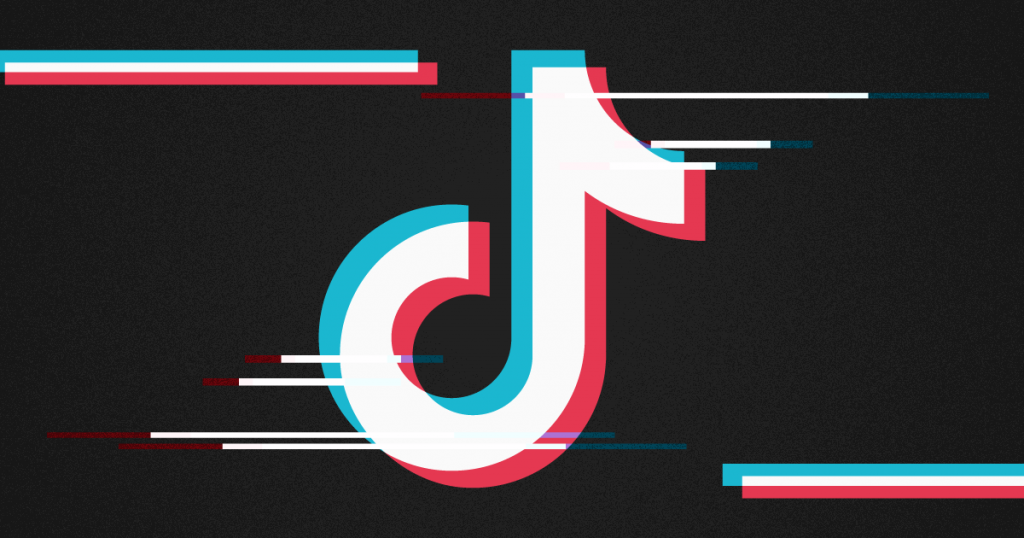Blocking someone on TikTok does not automatically delete the messages exchanged between you and that person. When you block a user on TikTok, it primarily restricts their access to your profile, preventing them from viewing your content, following you, or sending you new messages. However, the messages that were previously exchanged remain in your chat history.
Blocking serves as a measure to control interactions and maintain a safer online environment. It can be useful if you want to stop someone from engaging with your content or if you feel uncomfortable with the messages you’ve received.
To delete messages on TikTok, you need to do so manually. Even if you decide to block someone, the responsibility of clearing the chat history lies with you. To remove messages, follow these steps:
- Open the Chat: Navigate to the chat with the person whose messages you want to delete.
- Select Messages: Press and hold on the specific message or messages you want to delete. This will prompt a menu with various options.
- Delete Messages: Look for the option to delete the messages and confirm your choice. The selected messages will be removed from the chat.
- Repeat if Necessary: If there are more messages you want to delete, repeat the process until the chat is cleared.
It’s important to note that once messages are deleted, they cannot be recovered. Additionally, blocking someone doesn’t automatically remove any comments they may have left on your content or prevent them from seeing comments you make on mutual friends’ content.
In summary, blocking someone on TikTok does not delete messages automatically; you must manually delete them if you wish to do so. Blocking primarily limits the person’s access to your profile and interactions but doesn’t erase past communication. Always use the available privacy and security features on social media platforms to control your online experience.
TikTok offers a range of benefits and features, including:
- Short-form Video Creation: Users can create and share engaging videos up to 60 seconds long, fostering creativity and self-expression.
- Wide Audience Reach: TikTok has a massive user base, providing a platform for content creators to reach a diverse and global audience.
- Trend Participation: Users can join and create trends, enabling them to stay current with popular culture and connect with others through shared interests.
- Music Integration: TikTok allows users to easily add popular music tracks to their videos, enhancing creativity and entertainment value.
- Duets and Collaborations: Users can duet with others, creating split-screen videos, and collaborate with different creators, fostering a sense of community.
- In-App Editing Tools: TikTok provides a variety of editing tools, filters, and effects to enhance video content and make it visually appealing.
- Discover Page: The app’s algorithm-driven “For You” page helps users discover content tailored to their interests, increasing the likelihood of content going viral.
- Engagement and Interaction: TikTok encourages user engagement through features like comments, likes, and shares, promoting interaction and community building.
- Hashtag Challenges: Brands and users can create challenges using specific hashtags, promoting user participation and engagement.
- Monetization Opportunities: TikTok offers various monetization features for creators, including the TikTok Creator Fund and live gifts, allowing creators to earn income from their content.
It’s important to note that while TikTok has numerous benefits, users should also be mindful of privacy settings and use the platform responsibly.
